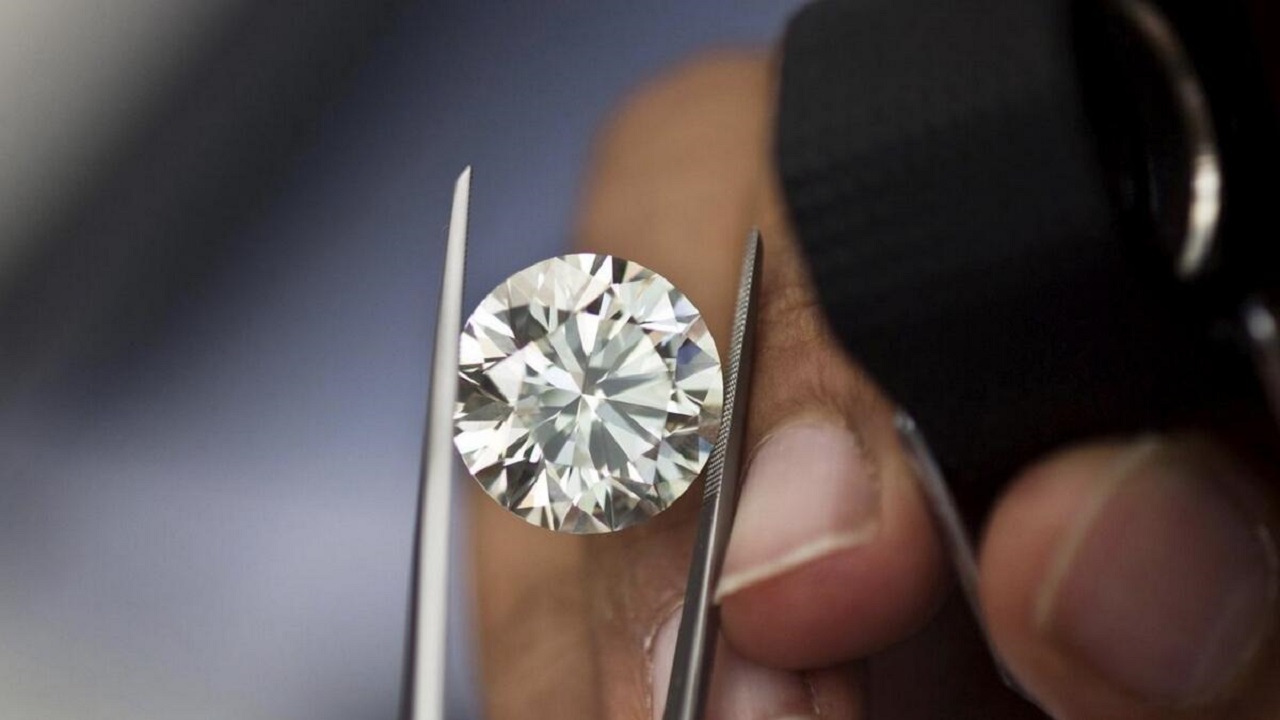Synthetic diamonds have over the past few years proved to be a segmentation in the jewelry industry market. These synthetic stones, which are as superb as the mined ones have thrived in the marketplace in the recent past because of their attributes such as ethical, stylized, and least expensive. Most importantly this article extends it to lab-grown diamonds and how they are revolutionizing the jewelry sector.
What are Lab-Grown Diamonds?
Thus, synthetic or lab-grown diamonds are man-made, and produced in a laboratory, with the aid of modern technology. HPHT copies the creation process of diamonds in the mantle of the earth, that is, high pressure and high temperature. Now turning to CVD, this technique is done to convert the gaseous precursors containing carbon into deposit carbon atoms on a diamond seed, in layers.
Advantages of Lab-grown diamonds
Ethical Considerations
Perhaps on this premise, lab-grown diamonds draw much attention as they are options created based on ethical values. Traditional systems of diamond mining have brought with them issues of people’s rights abuses; negative effects on the environment; as well as promotion of conflicts in the mining territories. The cultured diamonds could in general be said to be ‘green’ as they are not made by using forced labor or by financing rebellions.
Environmental Impact
Diamond mining also poses serious threats to the environmental front because there is land degradation/protraction, water consumption, and carbon footprint. Lab-cultured diamond is therefore more benign to the natural environment than mined diamond because its manufacturing affects the environment in the least manner. Since these diamonds are centralized in nature, efficiency in the usage of resources is realized and this acts as a boon to the environment.
Economic Benefits
A synthetic diamond is good and more economical than a natural diamond but relatively cheap and therefore, good value for the money. This has made the processes cheaper to carry out because there is no necessity for large-scale mining. Thus, the consumer desires the possession of more or improved diamonds with a similar price tag. This is so since the price has been made more affordable and this has enabled many people to acquire jewels that are associated with the prestige of a diamond.
Technological Advancements and Quality
The method of producing these lab-grown diamonds has advanced over time, and the end products that are produced can single-mindedly be said to be top diamonds in terms of their physical, chemical, and optical properties. These are the grown diamonds that are equally as good in terms of their brightness, hardness, and shimmer as the mined diamonds.
Customization and Innovation
Those lab-grown diamonds are also giving novel tendencies to jewelry design. This is advantageous to jewelers since they can do something new and can come up with pieces that can only be seen occasionally since it is a customization. Personalization is another feature that is associated with these self-made diamonds in the laboratories. The latter of these is steadily conquering the market of jewelry and it symbolizes a creative and experimental approach to jewelry design.
Lab-Grown Diamonds for the Future
The future possibilities of lab-grown diamonds are high also because innovations are introduced in the existing technology and people are also accepting the product more. As the way of production is slowly shifting and being adjusted for the manufacture of lab-grown diamonds, it is expected that the standard and availability of lab-grown diamonds will rise even further. Consequently, a greater proportion of the jewelry industry will utilize these components, which include wedding bands and other rings that are suitable for daily wear.
Limitations for Lab-Grown Diamonds
However, being somewhat of an innovation, lab-grown diamonds come with their limits, particularly market status and consumer awareness. For consumers to embrace lab-grown diamonds and defuse myths surrounding them, which is important to counter, there should be some awareness about these lab-grown diamonds, their charm, and safety. Special guidelines should be given to inform the consumers about the benefits and the origin of the created stones. However, such challenges have even provided room for the industry players to engage in direct communication with the consumers through understanding how to disseminate their messages as well as how to deal with possible limits in lab-grown methods for diamonds.
Conclusion
Lab-grown diamonds are rapidly changing the market as they present the customer with a chance to buy the stones without experiencing the harmful impact of mining. The usage of lab-grown diamonds will further advance in the future because people are demanding more ethical materials in the market. Consequently, lab-grown diamonds due to the constant enhancement of the technologies and the market necessities and appreciation, can turn into one of the fundamental elements of the modern jewelry market, replacing the previous conceptions of the luxury of the twenty-first century.


